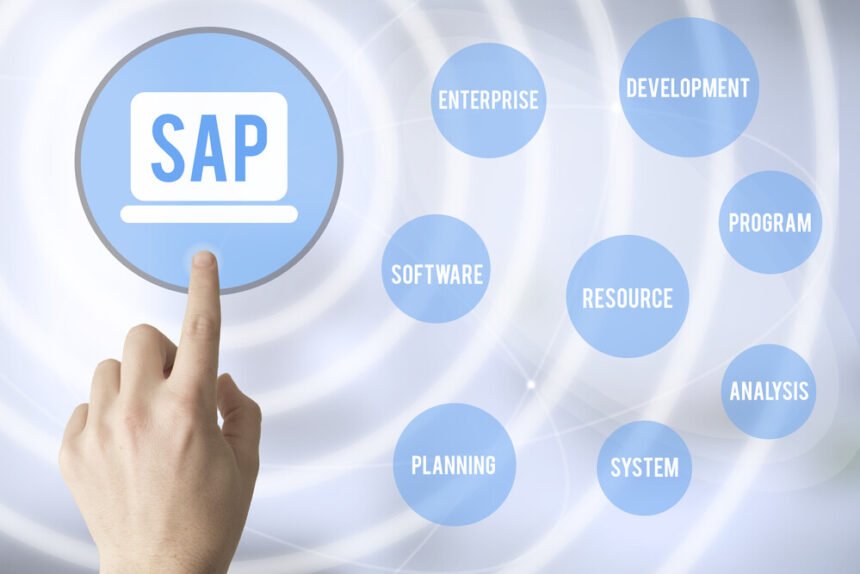Since 2008, SAP Hana has been one of the leading database management systems. It can process data more efficiently than many other database management solutions, largely because it can use some of the most sophisticated Hadoop tools available.
Without Hadoop, most SAP Hana databases would be relatively useless. It would be difficult to access most data sets, especially if they stored raw data.
Why Hadoop is the Backbone for SAP Hana
Michael Cox and David Ellsworth coined the term big data in 1997 in their article “Application-controlled demand paging for out-of-core visualization.” However, big data didn’t become truly viable until very recently.
The problem had little to do with storage capacity. Advances in cloud computing have exponentially increased our ability to store data. However, accessing data after it has been stored is another issue entirely. Most data extraction tools can pull from data arrays that store several terabytes of data. According to Data Science Central, it increased data accessibility for some applications by 109%.
A lot of data has been stored in unstructured formats, which can be difficult to extract. Hadoop was developed to make the process easier.
Some SAP Hana solutions allow you to store up to 4.6 terabytes of data. However, the data is often stored with different file types, which used to make it very difficult to extract and organize in a coherent format. Hadoop has made the process much easier.
How SAP Hana Can Be Integrated with Hadoop
Integrating SAP Hana with Hadoop can make it much easier to access remote data clusters. However, the setup is a time-intensive process. The first step is setting up and installing the cluster. There are a couple of ways that the framework can be structured:
- On-Premise Cluster. The on-premise cluster model is ideal for handling projects at specific locations that require fewer than 50 nodes.
- Cloud-Based Cluster. A cloud-based cluster is better if you need to coordinate across large geographies or need far more than 50 nodes.
After determining the right cluster, you will need to create a test environment. Cloudera Director is one of the better models out there.
After performing a few test simulations, you can use Hadoop to access SAP Hana smart data.
What Are the Benefits of Using Hadoop With SAP Hana
There are numerous reasons that SAP Hana administrators use Hadoop. Many people choose to use SAPUI5 on HANA, because it has an exceptional Hadoop infrastructure.
Cost-Effectiveness
According to Dell EMC, cost-effectiveness is one of the top reasons to integrate Hadoop and SAP Hana. The cost savings depend on the volume of data stored, regardless of whether the data is structured, unstructured of semi-structured.
“A VMAX All Flash array typically consists of a variety of storage groups, SAP HANA production and nonproduction databases, and non-SAP HANA workloads, each with its own CR. The overall system CR is therefore a mix of the various underlying storage group ratios. With a normal mix of workloads, you can expect to see an approximately 2:1 system CR. This ratio could be higher or lower depending on the workload mix. When inline compression is combined with other VMAX All Flash space-saving capabilities (such as virtual provisioning, zero space reclaim, and space-efficient snapshots), an overall efficiency rate of 4:1 is achievable.”
Fast Response Times
There is trade-off between response time, scalability and reliability. Hadoop prioritizes fast response times, so it is ideal for applications where administrators need to urgently access data. For applications where scalability is more of a concern, Hadoop may not preferable.
You will need to outline your priorities first. However, since most expediency is the priority of most SAP Hana users, Hadoop is usually their go-to solution.
Batch Processing and Mining Raw Data
Accessing raw data is difficult with more primitive big data extraction tools. Hadoop makes it much easier, which is one of the main reasons it is widely used in SAP Hana applications.
A Solid Hadoop Framework is Crucial for SAP Hana Applications
When you are setting up an SAP Hana data environment, you will almost always need to integrate it with Hadoop. Otherwise, it would be very difficult to access unstructured data sets.

